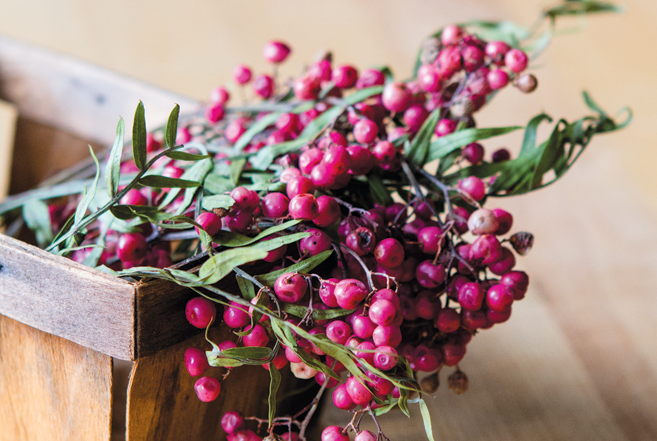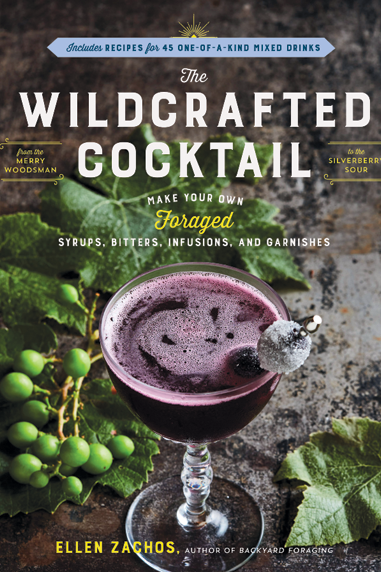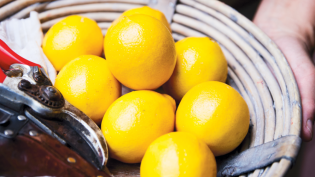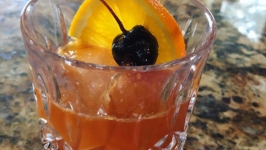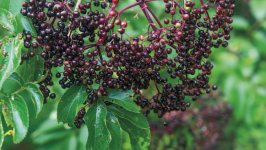Wild Foraged Cocktails + Recipes
I like my cocktails simple, seasonal and savory. The last one’s usually the hang up—many drinks are built with abundant, syrupy sweetness. A good, dry cocktail is hard to come by. So the discovery of The Wildcrafted Cocktail was a real treat—a whole book dedicated to cocktails crafted from foraged ingredients, many of them lending vegetal, spiced, bitter or herbal flavors to the final recipes.
Author Ellen Zachos divides the book by components of a wildcrafted cocktail: first detailing the anatomy of a foraged cocktail, then examining garnishes, syrups, wild liqueurs, bitters and spirits. Many of the recipes come from Ellen’s varied arsenal, though she invites guest mixologists to share their selections, too. Foraging and processing tips are interspersed between recipes and each drink is prefaced with an introduction to provide historical context, introduce the creator, give background on the star foraged ingredient or explain flavor combinations. For someone encountering an ingredient or process for the first time, this background is welcome.
You certainly don’t have to forage for ingredients yourself in order to create the cocktails featured in The Wildcrafted Cocktail. Many are easy to come by at markets or online, depending on the season. Others have simple substitutes or counterparts in flavor. There’s flexibility in liquors, too.
In colder months and shorter days, cocktails with a little more body and richness are welcome. Don’t be fooled by the foraging. There are plenty of winter-friendly recipes in the book that call for pickling, curing, infusing and steeping—all things that can amplify flavor when fresh ingredients are sparse. Nocino, a traditional Italian liqueur made from unripe, green walnuts, is one such example. While it can’t be made until March, when green walnuts are ready, it is a perfect wintertime companion—deeply spiced, dark and versatile in drinks or dessert. Bide your time until the walnut harvest with Watershed Distillery’s nocino, readily available whenever the need strikes.
Citrus shines in winter, too. Ellen suggests two different methods for making limoncello, a bright, classic Italian liqueur typically served as a digestif.
“The traditional method calls for using only the zest of the lemons. This is the fragrant, oily, yellow outer part of the lemon skin. The virtue of this method is that you can use the lemon flesh and juice for another recipe. The virtue of the nontraditional method, which calls for using the whole lemon, is that it’s a lot less work, and who doesn’t appreciate a time-saving recipe?
“You can’t go wrong with either one,” she says, “because both are delicious: sweet, sour and zingy.”
I hope, in the depths of winter, in the pages of The Wildcrafted Cocktail, you find some wild flavors to fill your glass and brighten your days. Cheers.


